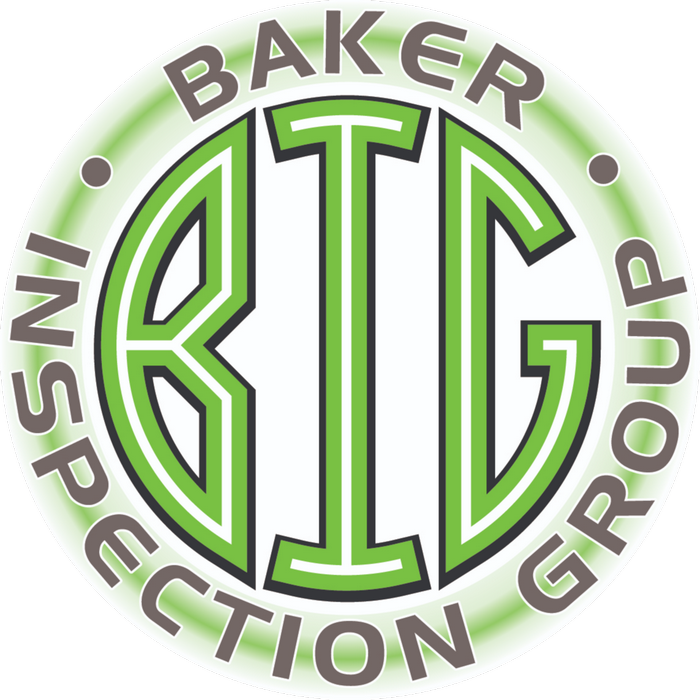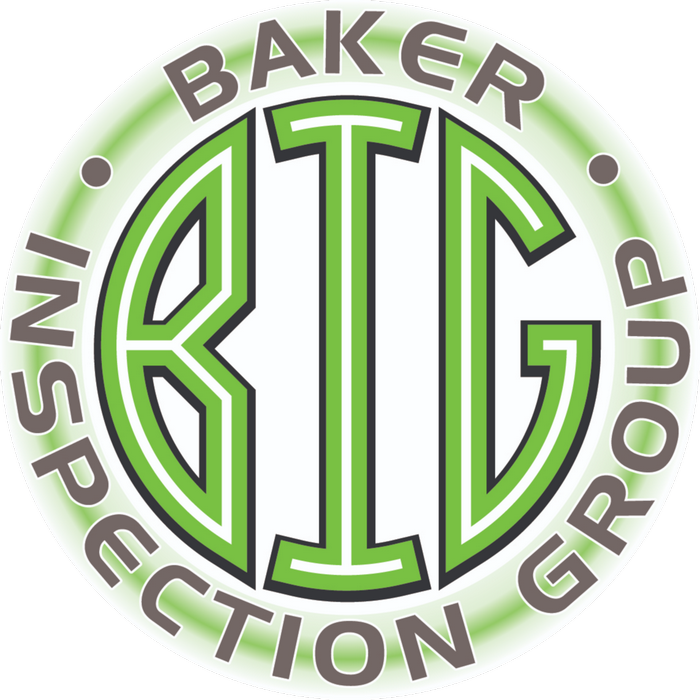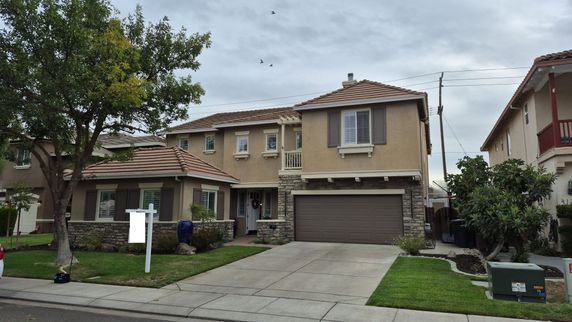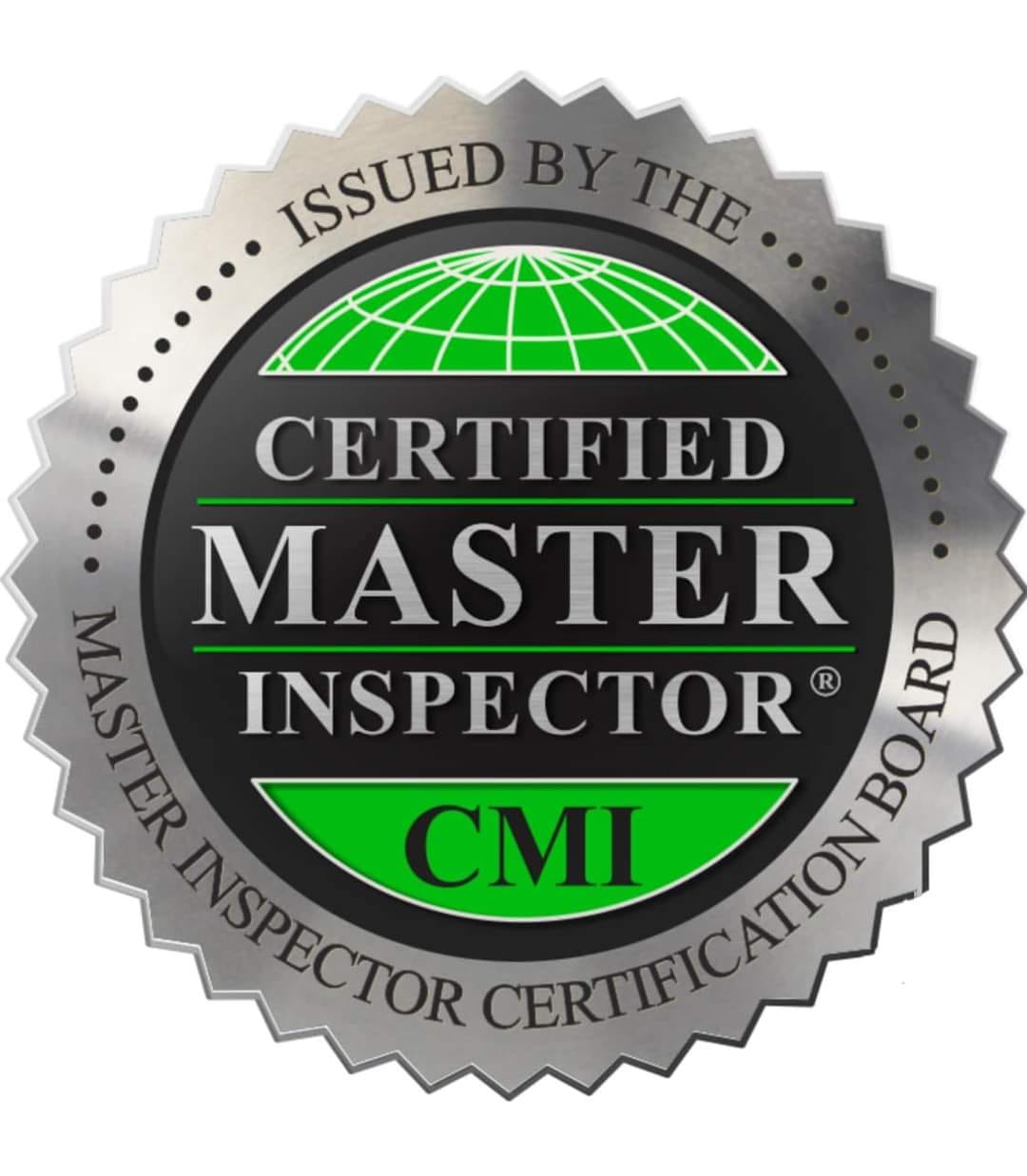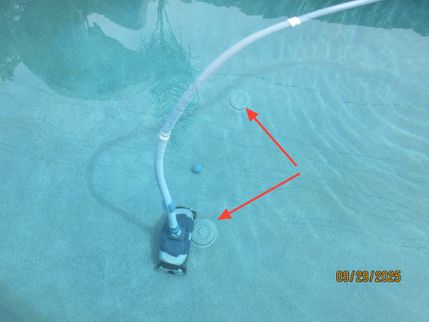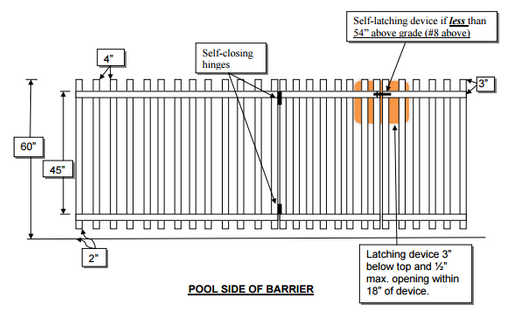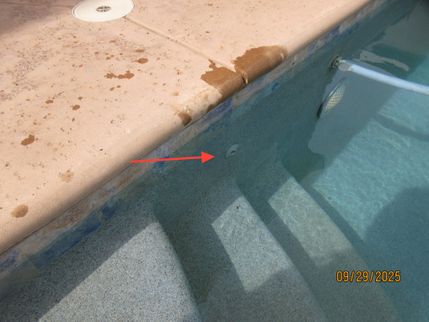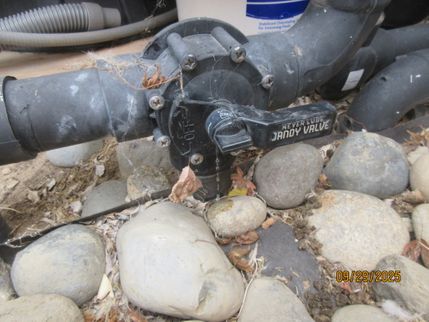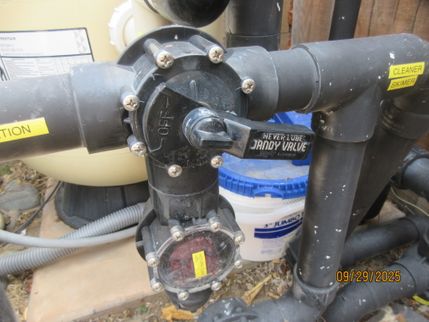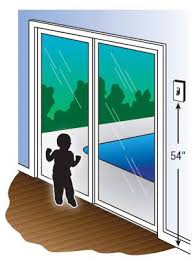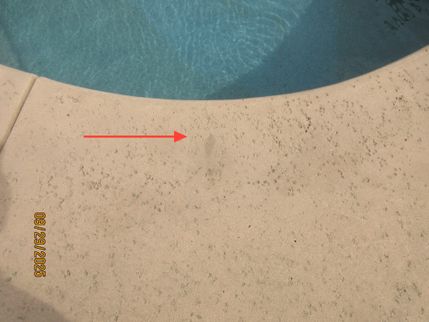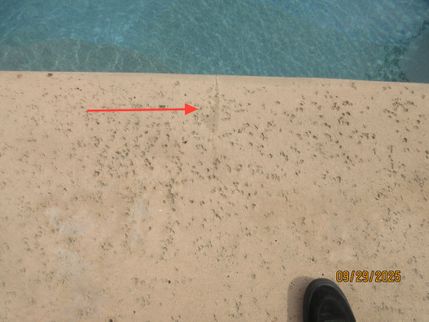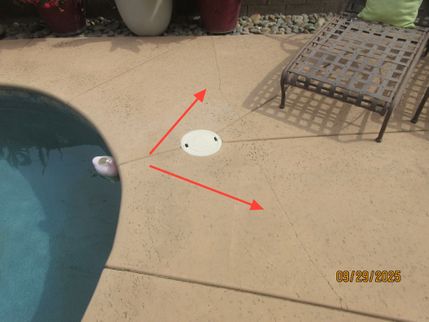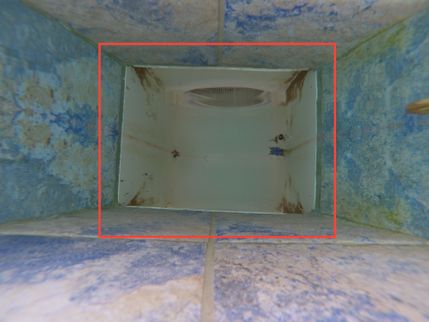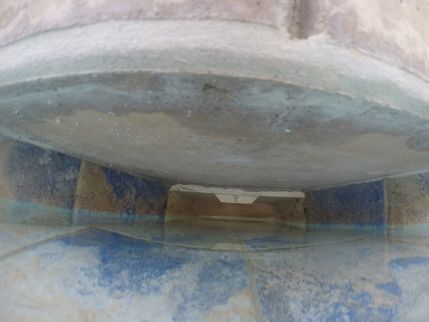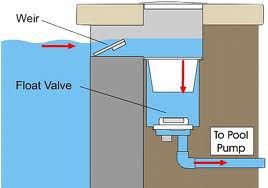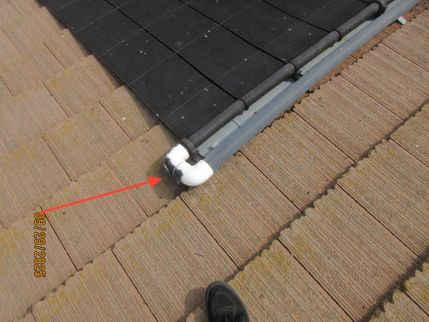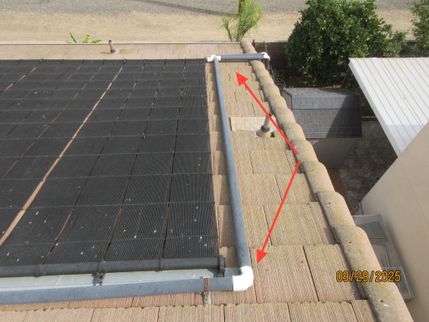Pool Summary
Pool Components Only Summary
This was created to contain all of the pool component summary items that are in the full inspection report summary in one location for easy reference.
Pool Summary
Pool Due Diligences
- PM-1 Pool Mechanicals - Plumbing at Pool (Jets, Skimmer, Drains, etc.):
You should ask to see documentation that the pool drains are compliant with the Pool & Safety Act. Commencing January 1, 2007, a new law went into effect regarding the safety and security of swimming pools and spas located on private single-family residences. To eliminate safety hazards on new and existing swimming pools and spas, an approved anti entrapment cover be installed on all pool and spa drains any time a building permit is issued for the construction of a new swimming pool or spa or the remodel or modification of an existing swimming pool, toddler pool, or spa. Recommend evaluation as needed.
Pool Repair Items
- PSA-1 Pool and Spa Area - Safety Barrier System:
Beginning January 1st 2018, in accordance with SB 442, Newman.
Public health: pools: drownings, Home Inspectors must report on the presence of seven pool safety features. Below is the wording of the new bill. In connection with the transfer, as defined in subdivision (e), of real property with a swimming pool or spa, an appropriate inspection shall include a noninvasive physical examination of the pool or spa and dwelling for the purpose of identifying which, if any, of the seven drowning prevention safety features listed in subdivision (a) of Section 115922 of the Health and Safety Code the pool or spa is equipped. SEC. 4. Section 115922 of the Health and Safety Code is amended to read: 115922. (a) Except as provided in Section 115925, when a building permit is issued for the construction of a new swimming pool or spa or the remodeling of an existing swimming pool or spa at a private single-family home, the respective swimming pool or spa shall be equipped with at least two of the following seven drowning prevention safety features: (1) An enclosure that meets the requirements of Section 115923 and isolates the swimming pool or spa from the private single-family home. (2) Removable mesh fencing that meets American Society for Testing and Materials (ASTM) Specifications F2286 standards in conjunction with a gate that is self-closing and self-latching and can accommodate a key lockable device. (3) An approved safety pool cover, as defined in subdivision (d) of Section 115921. (4) Exit alarms on the private single-family home’s doors that provide direct access to the swimming pool or spa. The exit alarm may cause either an alarm noise or a verbal warning, such as a repeating notification that “the door to the pool is open.” (5) A self-closing, self-latching device with a release mechanism placed no lower than 54-inches above the floor on the private single-family home’s doors providing direct access to the swimming pool or spa. (6) An alarm that, when placed in a swimming pool or spa, will sound upon detection of accidental or unauthorized entrance into the water. The alarm shall meet and be independently certified to the ASTM Standard F2208 “Standard Safety Specification for Residential Pool Alarms,” which includes surface motion, pressure, sonar, laser, and infrared type alarms. A swimming protection alarm feature designed for individual use, including an alarm attached to a child that sounds when the child exceeds a certain distance or becomes submerged in water, is not a qualifying drowning prevention safety feature. (7) Other means of protection, if the degree of protection afforded is equal to or greater than that afforded by any of the features set forth above and has been independently verified by an approved testing laboratory as meeting standards for those features established by the ASTM or the American Society of Mechanical Engineers (ASME). Section 115923. An enclosure shall have all of the following characteristics: (a) Any access gates through the enclosure open away from the swimming pool, and are self-closing with a self-latching device placed no lower than 60-inches above the ground. (b) A minimum height of 60-inches. (c) A maximum vertical clearance from the ground to the bottom of the enclosure of two-inches. (d) Gaps or voids, if any, do not allow passage of a sphere equal to or greater than four-inches in diameter. (e) An outside surface free of protrusions, cavities, or other physical characteristics that would serve as handholds or footholds that could enable a child below the age of five years to climb over.
- PM-3 Pool Mechanicals - Plumbing at Pool (Jets, Skimmer, Drains, etc.):
A pool system jet was inoperable at the time of the inspection. Recommend evaluation and repairs as needed.
- PM-4 Pool Mechanicals - Plumbing System:
Control valves were leaking at the time of the inspection. Recommend evaluation and repairs as needed.
Pool Repairs - Minor
- PSA-2 Pool and Spa Area - Safety Barrier System:
Exterior doors of a building that served as a part of the safety barrier had damaged or missing alarms. Such doors should be equipped with functioning alarms that complies with modern safety standards. Recommend repairs as needed for safety reasons.
1. All doors with direct access to the pool area are equipped with an alarm that sounds continuously for at least thirty (30) seconds immediately after the door and its screen, if present, are opened. It must be capable of providing a sound pressure level capable of being heard throughout the house during normal household activities. The alarm shall automatically reset under all conditions and be equipped with a manual means, such as a touch pad or switch, to temporarily deactivate the alarm for a single opening. Such deactivation shall last not longer than 15 seconds. The deactivation device shall be located at least 54-inches above the threshold of the door
- PSA-3 Pool and Spa Area - Safety Barrier System:
An exterior door of the house that served as a part of the safety barrier was not self closing or latching. Such doors should be equipped in a matter that complies with modern safety standards. Recommend correction as needed for safety reasons. All doors leading into the pool area should be equipped with self-closing and self-latching devices installed within the release mechanism located a minimum of 54-inches above the floor.
- PSA-4 Pool and Spa Area - Safety Barrier System:
The home had windows that when opened, had direct access to the pool. There were no safety alarms installed at the windows.
305.4 Structure Wall as a Barrier Where a wall of a dwelling or structure serves as part of the barrier and where doors or windows provide direct access to the pool or spa through that wall, one of the following shall be required: 1. Operable windows having a sill height of less than 48-inches above the indoor finished floor and doors shall have an alarm that produces an audible warning when the window, door or their screens are opened. The alarm shall be listed and labeled as a water hazard entrance alarm in accordance with UL 2017. In dwellings or structures not required to be Accessible units, Type A units or Type B units, the operable parts of the alarm deactivation switches shall be located 54-inches or more above the finished floor. In dwellings or structures required to be Accessible units, Type A units or Type B units, the operable parts of the alarm deactivation switches shall be located not greater than 54-inches and not less than 48-inches above the finished floor. Recommend that alarms compliant with modern safety standards, be installed for safety reasons.
- PSA-5 Pool and Spa Area - Decking, Coping, Features and Area:
The pool decking was cracked. Recommend repairs as needed.
- PM-2 Pool Mechanicals - Plumbing at Pool (Jets, Skimmer, Drains, etc.):
The pool skimmer had a missing weir. Recommend repairs as needed.
- PM-5 Pool Mechanicals - Plumbing System:
White plastic PVC pipes were exposed to direct sunlight. This type material is deteriorated by the ultra-violet (UV) radiation in sunlight, and this condition will result in premature failure of pipes compared to similar pipes designed to withstand exposure to UV. Such pipes should be painted over to protect them or replaced as needed.
